|
Your search criteria found 579 images Target is Jupiter (and available satellites) |
| My List |
Addition Date | Target | Mission |
Instrument
|
Size |

|
1997-12-16 | Ganymede |
Galileo |
2667x2000x3 | |

|
|||||

|
1998-10-14 | Jupiter |
Galileo Hubble Space Telescope |
850x950x3 | |

|
|||||

|
1998-10-21 | Callisto |
Galileo |
2220x1700x3 | |
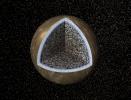
|
|||||

|
1998-07-02 | Io |
Galileo |
800x800x1 | |
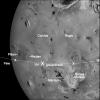
|
|||||

|
1998-10-13 | Callisto |
Galileo |
800x799x1 | |
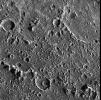
|
|||||

|
1999-12-17 | Io |
Galileo |
688x744x3 | |

|
|||||

|
1999-12-17 | Io |
Galileo |
630x261x3 | |
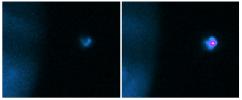
|
|||||

|
1999-12-17 | Io |
Galileo |
717x653x3 | |
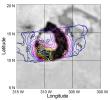
|
|||||

|
2002-02-16 | Europa |
Galileo Voyager |
8812x4381x3 | |
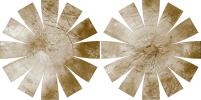
|
|||||

|
2011-03-31 | Jupiter |
Galileo |
2610x4104x3 | |

|
|||||

|
2011-05-12 | Io |
Galileo |
1668x1648x3 | |
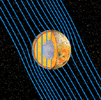
|
|||||

|
2013-12-11 | Europa |
Galileo |
2208x2292x3 | |

|
|||||

|
2013-12-12 | Europa |
Galileo Hubble Space Telescope Voyager |
1045x1045x3 | |

|
|||||

|
2014-01-08 | Europa |
Galileo |
1337x715x1 | |
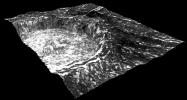
|
|||||

|
2014-02-12 | Ganymede |
Galileo Voyager |
1800x956x3 | |
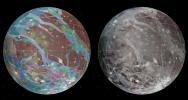
|
|||||

|
2014-02-12 | Ganymede |
Galileo Voyager |
797x754x3 | |
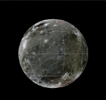
|
|||||

|
2014-02-26 | Europa |
Galileo Voyager |
2161x2161x1 | |
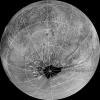
|
|||||

|
1996-01-02 | Io |
Galileo |
3014x2422x3 | |
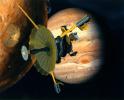
|
|||||

|
2014-09-08 | Europa |
Galileo |
4519x2810x3 | |
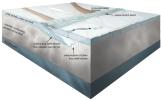
|
|||||

|
2014-11-21 | Europa |
Galileo |
2300x1700x3 | |
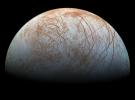
|
|||||

|
2015-09-15 | Jupiter |
Galileo Voyager |
1700x956x3 | |
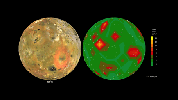
|
|||||

|
2017-04-13 | Europa |
Galileo |
2380x1438x3 | |
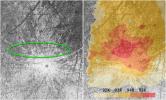
|
|||||

|
2017-04-13 | Europa |
Galileo Hubble Space Telescope |
1235x618x3 | |
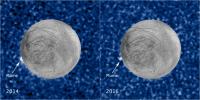
|
|||||

|
2021-11-30 | Europa |
Galileo Voyager |
1100x600x3 | |
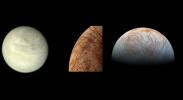
|
|||||

|
2020-05-01 | Europa |
Galileo |
Imaging Science Subsystem |
1306x1301x3 |
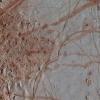
|
|||||

|
2020-05-01 | Europa |
Galileo |
Imaging Science Subsystem |
1275x1282x3 |

|
|||||

|
2020-05-01 | Europa |
Galileo |
Imaging Science Subsystem |
1265x1265x3 |
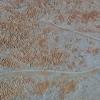
|
|||||

|
2013-12-11 | Europa |
Galileo |
Near Infra-Red Mapping Spectrometer |
1601x800x3 |
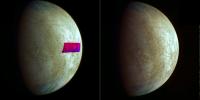
|
|||||

|
1998-03-26 | Ganymede |
Galileo |
Near Infrared Mapping Spectrometer |
1950x1500x3 |
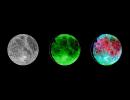
|
|||||

|
1998-03-26 | Jupiter |
Galileo |
Near Infrared Mapping Spectrometer |
233x506x3 |
|
|
|||||

|
1998-03-26 | Io |
Galileo |
Near Infrared Mapping Spectrometer |
1900x1300x3 |
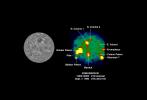
|
|||||

|
1998-03-26 | Jupiter |
Galileo |
Near Infrared Mapping Spectrometer |
1000x800x3 |
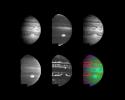
|
|||||

|
1998-03-26 | Europa |
Galileo |
Near Infrared Mapping Spectrometer |
1279x676x3 |
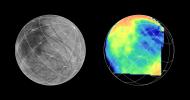
|
|||||

|
1998-03-26 | Io |
Galileo |
Near Infrared Mapping Spectrometer |
1525x1100x1 |
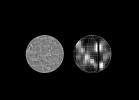
|
|||||

|
1998-03-26 | Io |
Galileo |
Near Infrared Mapping Spectrometer |
1525x1100x3 |
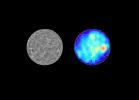
|
|||||

|
1998-03-26 | Jupiter |
Galileo |
Near Infrared Mapping Spectrometer |
1300x900x3 |
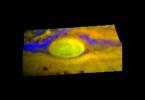
|
|||||

|
1998-03-26 | Callisto |
Galileo |
Near Infrared Mapping Spectrometer |
1065x863x3 |
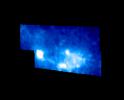
|
|||||

|
1998-06-17 | Europa |
Galileo |
Near Infrared Mapping Spectrometer |
820x470x1 |
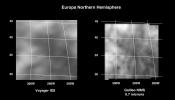
|
|||||

|
1998-03-26 | Io |
Galileo |
Near Infrared Mapping Spectrometer |
1300x850x3 |
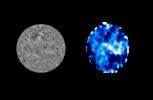
|
|||||

|
1998-03-26 | Jupiter |
Galileo |
Near Infrared Mapping Spectrometer |
900x800x3 |
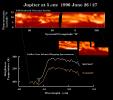
|
|||||

|
1998-03-26 | Ganymede |
Galileo |
Near Infrared Mapping Spectrometer |
1143x635x3 |
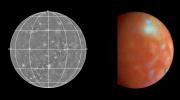
|
|||||

|
1998-03-26 | Io |
Galileo |
Near Infrared Mapping Spectrometer |
1600x1300x3 |
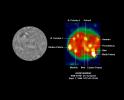
|
|||||

|
1998-03-26 | Europa |
Galileo |
Near Infrared Mapping Spectrometer |
1650x1950x1 |

|
|||||

|
1998-03-26 | Jupiter |
Galileo |
Near Infrared Mapping Spectrometer |
1000x800x3 |
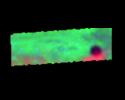
|
|||||

|
1998-03-26 | Jupiter |
Galileo |
Near Infrared Mapping Spectrometer |
700x900x1 |

|
|||||

|
1998-03-26 | Europa |
Galileo |
Near Infrared Mapping Spectrometer |
1000x800x1 |
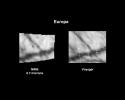
|
|||||

|
1998-03-26 | Ganymede |
Galileo |
Near Infrared Mapping Spectrometer |
1588x762x3 |
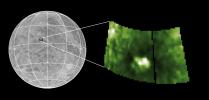
|
|||||

|
1998-03-26 | Europa |
Galileo |
Near Infrared Mapping Spectrometer |
1326x863x3 |
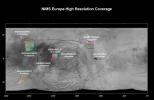
|
|||||

|
1998-03-26 | Io |
Galileo |
Near Infrared Mapping Spectrometer |
1017x635x3 |
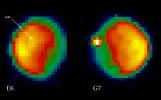
|
|||||

|
1998-03-26 | Ganymede |
Galileo |
Near Infrared Mapping Spectrometer |
445x525x1 |

|
|||||

|
1998-03-26 | Io |
Galileo |
Near Infrared Mapping Spectrometer |
2200x1700x3 |
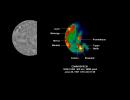
|
|||||

|
1997-11-17 | Callisto |
Galileo |
Near Infrared Mapping Spectrometer |
900x850x3 |
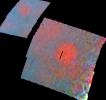
|
|||||

|
1997-11-17 | Callisto |
Galileo |
Near Infrared Mapping Spectrometer |
1800x1700x3 |
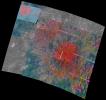
|
|||||

|
1998-03-26 | Jupiter |
Galileo |
Near Infrared Mapping Spectrometer |
712x725x3 |

|
|||||

|
1998-03-26 | Io |
Galileo |
Near Infrared Mapping Spectrometer |
1225x935x3 |
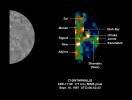
|
|||||

|
1999-09-30 | Europa |
Galileo |
Near Infrared Mapping Spectrometer |
837x796x3 |
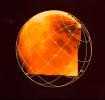
|
|||||

|
1999-11-04 | Io |
Galileo |
Near Infrared Mapping Spectrometer |
959x581x3 |
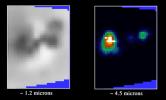
|
|||||

|
1999-11-19 | Io |
Galileo |
Near Infrared Mapping Spectrometer |
1157x1241x3 |

|
|||||

|
1999-11-19 | Io |
Galileo |
Near Infrared Mapping Spectrometer |
1157x841x3 |
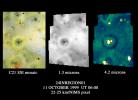
|
|||||

|
1999-11-19 | Io |
Galileo |
Near Infrared Mapping Spectrometer |
841x631x3 |
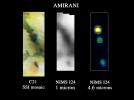
|
|||||

|
1999-12-17 | Io |
Galileo |
Near Infrared Mapping Spectrometer |
800x400x3 |
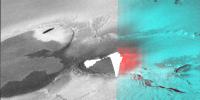
|
|||||

|
2000-04-19 | Europa |
Galileo |
Near Infrared Mapping Spectrometer |
700x600x3 |
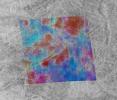
|
|||||

|
2000-05-18 | Io |
Galileo |
Near Infrared Mapping Spectrometer |
1000x1200x3 |

|
|||||

|
2000-05-18 | Io |
Galileo |
Near Infrared Mapping Spectrometer |
1192x784x3 |
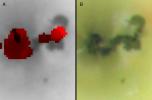
|
|||||

|
2000-05-18 | Io |
Galileo |
Near Infrared Mapping Spectrometer |
2000x2028x3 |

|
|||||

|
2000-05-18 | Io |
Galileo |
Near Infrared Mapping Spectrometer |
504x604x3 |

|
|||||

|
2000-05-18 | Io |
Galileo |
Near Infrared Mapping Spectrometer |
661x556x3 |
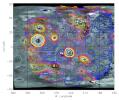
|
|||||

|
2000-05-18 | Io |
Galileo |
Near Infrared Mapping Spectrometer |
1060x767x3 |
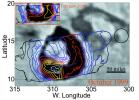
|
|||||

|
2000-05-31 | Io |
Galileo |
Near Infrared Mapping Spectrometer |
890x376x3 |
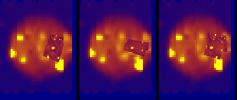
|
|||||

|
2000-05-31 | Io |
Galileo |
Near Infrared Mapping Spectrometer |
850x410x1 |
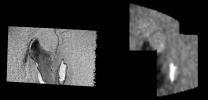
|
|||||

|
2000-05-31 | Io |
Galileo |
Near Infrared Mapping Spectrometer |
1130x550x3 |
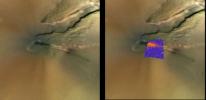
|
|||||

|
2000-07-10 | Europa |
Galileo |
Near Infrared Mapping Spectrometer |
950x650x3 |
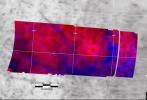
|
|||||

|
2000-10-26 | Jupiter |
Galileo |
Near Infrared Mapping Spectrometer |
2769x1542x3 |
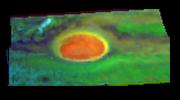
|
|||||

|
2001-10-04 | Io |
Galileo |
Near Infrared Mapping Spectrometer |
1152x576x3 |
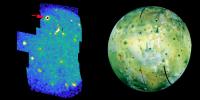
|
|||||

|
2001-11-27 | Io |
Galileo |
Near Infrared Mapping Spectrometer |
468x620x3 |

|
|||||

|
2001-11-27 | Io |
Galileo |
Near Infrared Mapping Spectrometer |
595x415x3 |
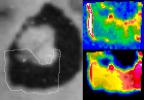
|
|||||

|
2002-05-28 | Io |
Galileo |
Near Infrared Mapping Spectrometer |
720x480x3 |
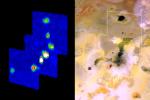
|
|||||

|
2002-05-28 | Io |
Galileo |
Near Infrared Mapping Spectrometer |
816x600x3 |
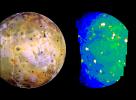
|
|||||

|
2002-05-28 | Io |
Galileo |
Near Infrared Mapping Spectrometer |
974x509x3 |
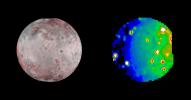
|
|||||

|
2001-12-10 | Io |
Galileo |
Near Infrared Mapping Spectrometer |
740x340x3 |
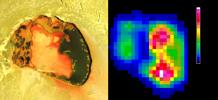
|
|||||

|
2001-12-10 | Io |
Galileo |
Near Infrared Mapping Spectrometer |
540x360x3 |
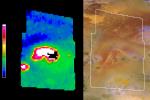
|
|||||

|
2013-04-12 | Europa |
Galileo |
Near Infrared Mapping Spectrometer |
3000x1401x3 |
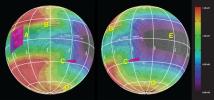
|
|||||

|
1997-09-23 | Jupiter |
Galileo |
Photopolarimeter Subsystem |
807x700x3 |
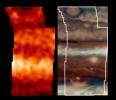
|
|||||

|
1997-09-24 | Jupiter |
Galileo |
Photopolarimeter Subsystem |
585x376x3 |
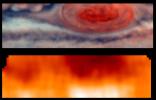
|
|||||

|
1997-09-29 | Jupiter |
Galileo |
Photopolarimeter Subsystem |
875x605x3 |
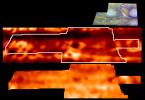
|
|||||

|
1998-01-21 | Europa |
Galileo |
Photopolarimeter-Radiometer |
987x1459x3 |

|
|||||

|
1998-01-21 | Ganymede |
Galileo |
Photopolarimeter-Radiometer |
988x1330x3 |

|
|||||

|
1998-01-21 | Ganymede |
Galileo |
Photopolarimeter-Radiometer |
988x1233x3 |

|
|||||

|
1998-04-02 | Ganymede |
Galileo |
Photopolarimeter-Radiometer |
432x540x3 |

|
|||||

|
1998-04-02 | Jupiter |
Galileo |
Photopolarimeter-Radiometer |
468x604x3 |

|
|||||

|
1998-04-02 | Jupiter |
Galileo |
Photopolarimeter-Radiometer |
429x585x3 |

|
|||||

|
1998-12-07 | Jupiter |
Galileo |
Photopolarimeter-Radiometer |
1500x2571x3 |

|
|||||

|
2000-05-18 | Io |
Galileo |
Photopolarimeter-Radiometer |
710x746x3 |

|
|||||

|
2000-05-18 | Io |
Galileo |
Photopolarimeter-Radiometer |
1225x827x3 |
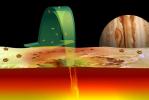
|
|||||

|
2001-06-22 | Io |
Galileo |
Photopolarimeter-Radiometer |
1157x574x3 |
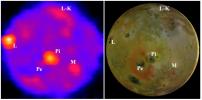
|
|||||

|
2001-12-10 | Io |
Galileo |
Photopolarimeter-Radiometer |
1655x1339x3 |
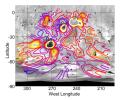
|
|||||

|
1996-01-29 | Jupiter |
Galileo |
Solid-State Imaging |
1600x1250x1 |
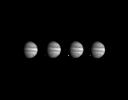
|
|||||

|
1996-06-06 | Ganymede |
Galileo |
Solid-State Imaging |
825x825x1 |

|
|||||

|
1997-09-07 | Io |
Galileo |
Solid-State Imaging |
2340x1475x3 |
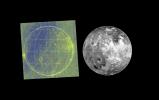
|
|||||

|
1997-09-07 | Europa |
Galileo |
Solid-State Imaging |
793x794x3 |
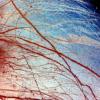
|
|||||
 |
 |
 |
 |
 |
 |

|
|
| 1-100 | 101-200 | 201-300 | 301-400 | 401-500 | 501-600 |
| Currently displaying images: 1 - 100 of 579 |